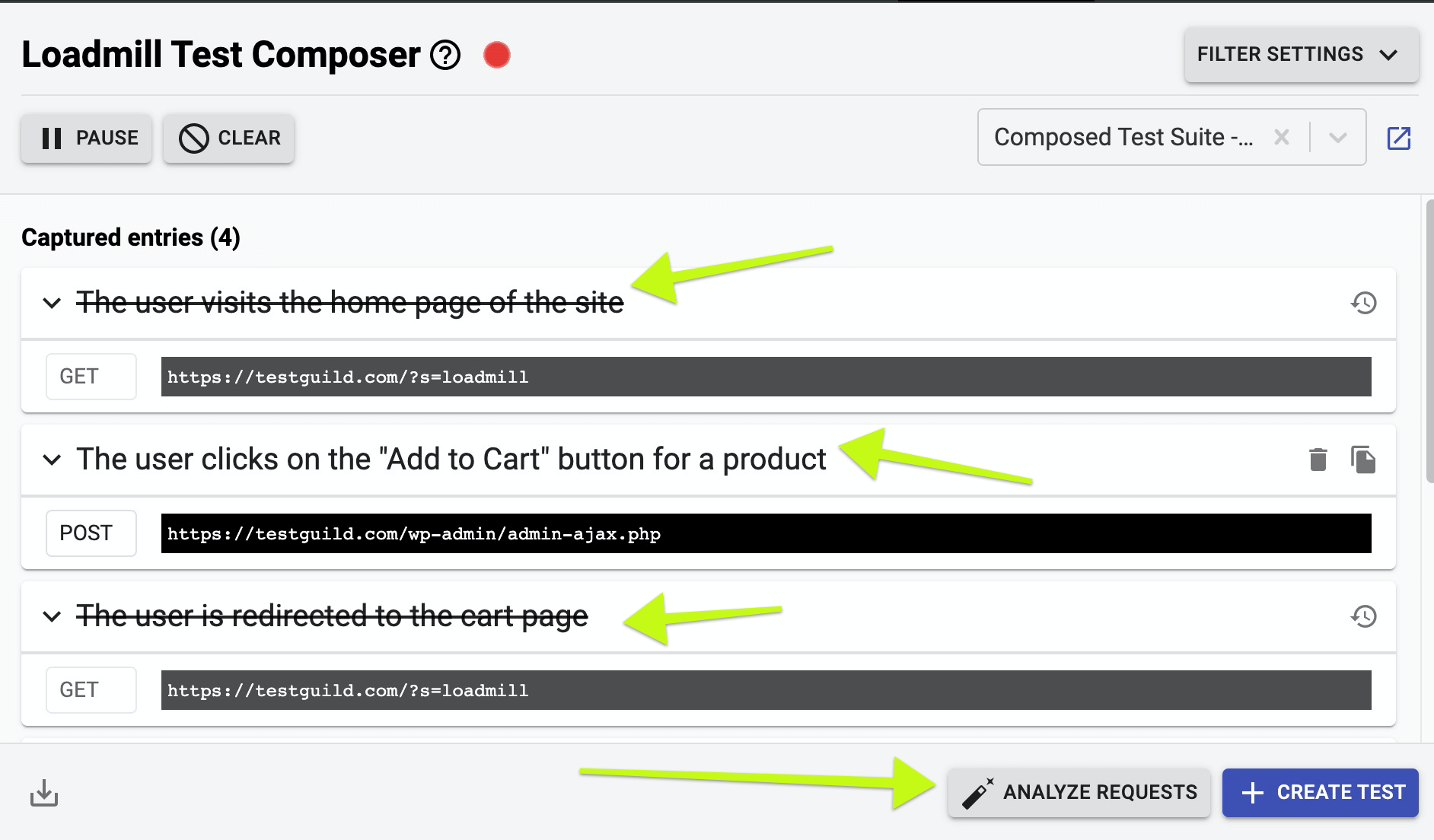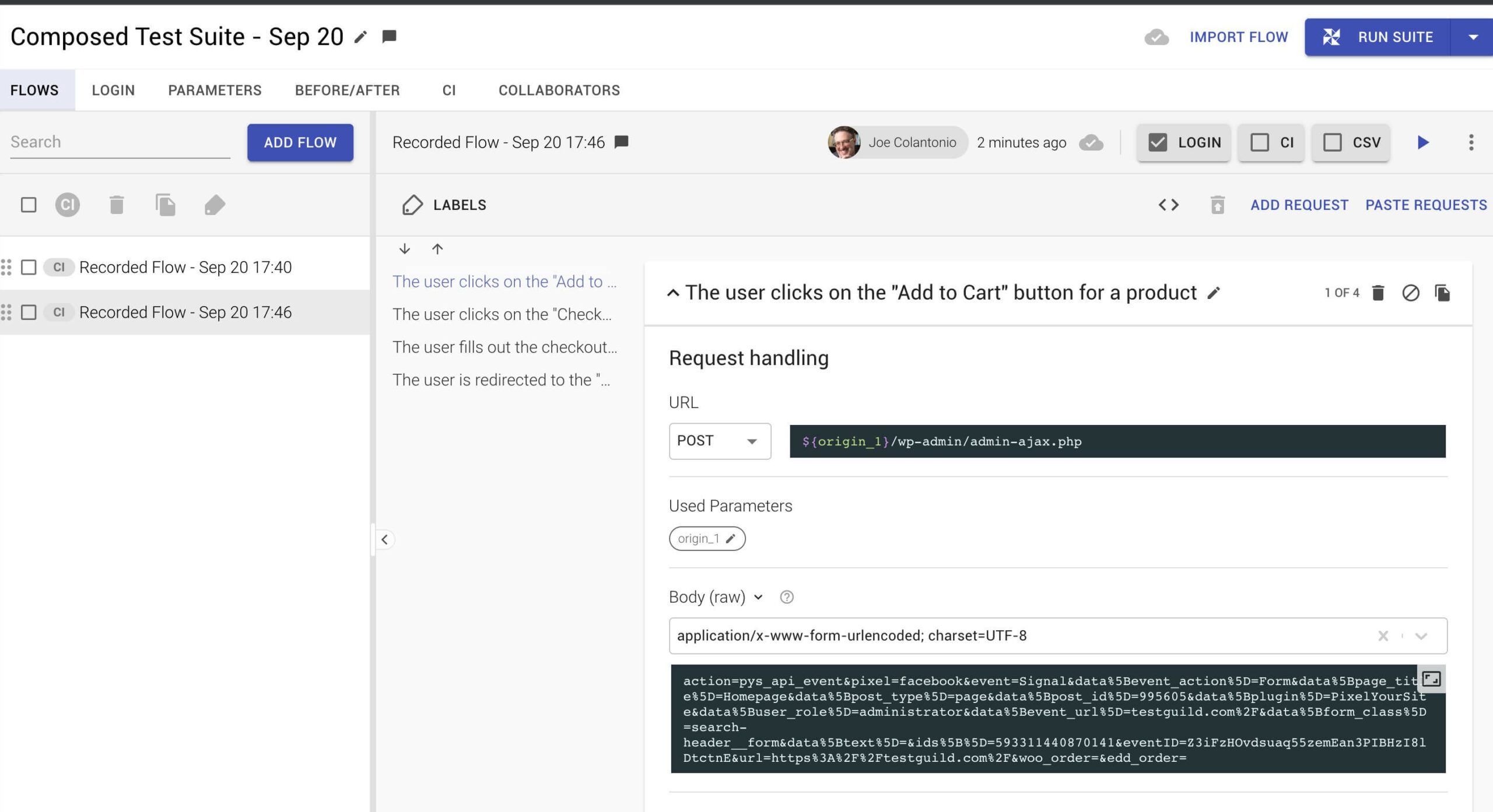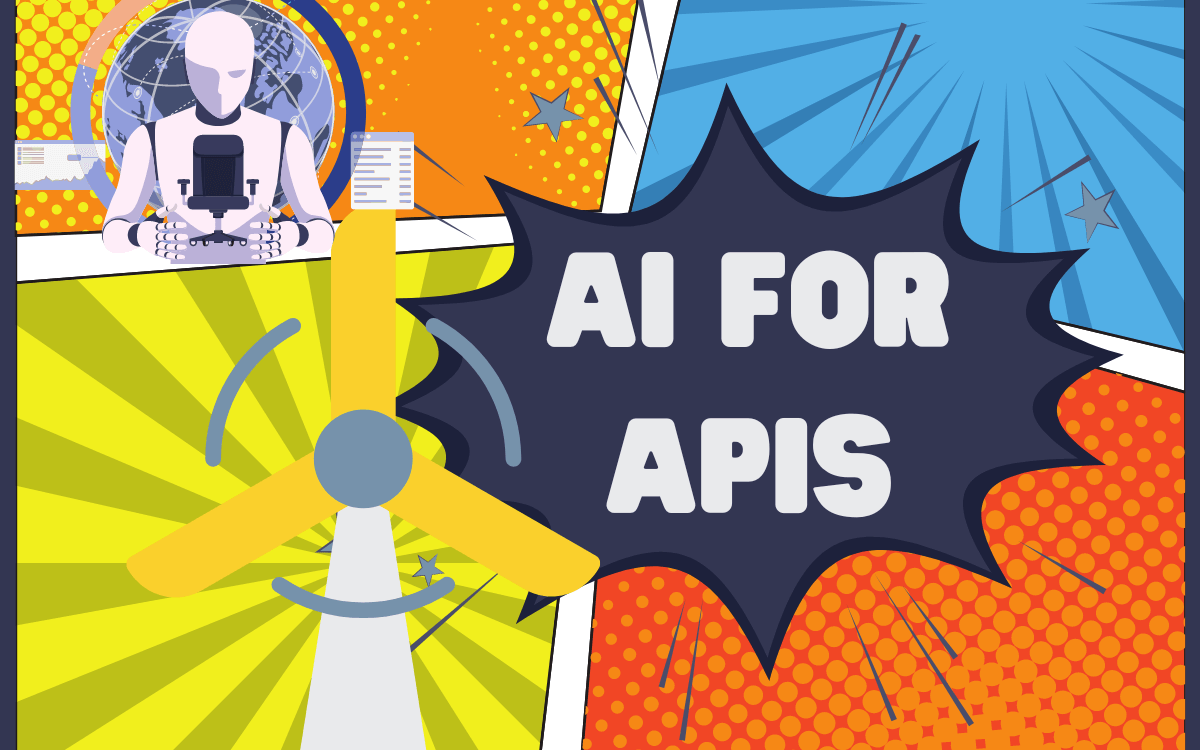I just learned of a great tool (Loadmill) to help automated API test creation leveraging artificial intelligence (AI).
What is it?
INDEX
What is Loadmill
What Challenges Does Loadmill Help Solve?
Loadmill’s Approach to AI API Automation<
How does Loadmill Work?<
Loadmill Features Overview
Loadmill vs. Postman
>Loadmill Integrations
Loadmill Pricing
What is Loadmill
Loadmill is a test automation platform focused on backend and API testing. Its AI algorithm can analyze your user behavior and automatically turn that analyzed traffic into automated API tests.
What I really like is that Loadmill’s co-founder began his career as a QA manual tester and developed it with testers and test-driven developers in mind.
What Challenges Does Loadmill Help Solve?
Many companies struggle with automation testing because they focus solely on UI automation.
As a result, many teams discover that UI-only automation is not scalable. It's impossible to do everything with UI.
Of course, you could spend valuable engineering time optimizing the UI testing, including working on execution, but it doesn't scale in the end.
If you have a form you must fill with 100 variations, doing it through the UI might take approximately 20 minutes, whereas doing it through the API takes one minute.
Loadmill solves this issue by focusing on automating backend APIs—not UI automation testing.
Many testers also struggle with understanding how even to approach headless API testing.
Loadmill is making API automation easier by leveraging artificial intelligence.
Loadmill’s Approach to AI API Automation
There are several different approaches to API testing.
You can test each API separately and try to test all the different variations of API separately.
This approach is challenging, however, due to the amount of data you must set up to test the application.
Loadmill has a Behavior-driven approach where the focus is more on an end-to-end flow of API requests.
For example, a typical use case might be ordering a plane ticket. You would order the ticket, change it, delete it, and do a flow of actions on a particular entity.
This approach has its challenges. For one, not all the APIs you have to test are well documented. Your external, customer-facing APIs might be, but rarely will you have documentation for internal APIs.
Not having a clear understanding of how the API works make it hard to know which API returns have value and how to use those values if they need to call a preceding API request.
Loadmill is also useful in automatically analyzing your API calls' recordings.
It will show you what value comes from what API request and create the test for you.
It also points out interactions with other APIs that might be going on in a flow you don’t even care about.
You no longer struggle to reverse engineer your application to understand which APIs are used in a flow.
Loadmill generates documentation and shows you the list of all the APIs you have in the system.
This is handy when dealing with newer API technologies like RESTful API, GraphQL, GRC, and web sockets.
If you're trying to mimic the API layer when dealing with these protocols, it's sometimes hard to understand how the data flows from the rest API to the web socket request.
How does Loadmill Work?
The secret sauce of Loadmill is its algorithm Analyze the Recording, which analyzes recordings of user interactions with your application.
The recording can come in many different forms.
You could use an HTTP dump, or it could be a HAR file you download from Chrome.
Loadmill also built some of their recorders, but there are several open-source ones.
The most popular recorder is the Test Composer Chrome extension that you can install in Chrome. It opens as a new developer tab, and when you open the DevTools in Chrome, you can see all the API calls being sent.

You can then take that recording and upload it to Loadmill to analyze them and see the relationships between the different APIs.

The recording isn’t the most significant point here; many tools can do that.
The magic happens when you take those recording and feed them into Loadmill.
You can even import data taken from your monitoring solutions.
Loadmill can take all this info and create an uber-realistic, real-world, user-based automated test based on that scenario.

Looking at the recordings and analyzing them from a QA perspective brings you closer to the actual customer and replicates customer behavior.
We all know that customers sometimes use our apps very unexpectedly
Loadmill Features Overview
1. Automatic Test Generation
Loadmill will detect the structure of your applications, map relationships between your services, and surface new chats from end-to-end testing, automatically generating end-to-end tests for your application from the user perspective.
2. AI-Assisted Test Recorder
Save time and resources by quickly recording and replaying backend/API test scenarios. Loadmill automatically extracts and injects all API objects into your scripts: terms, headers, and payloads.
3. Fast Feedback Loop
Loadmill creates a fast feedback loop that detects regression bugs within minutes (instead of days or hours). This quick feedback loop greatly impacts how the whole team approaches software development.
4. GitHub Integration
Connect your GitHub repository to your pipeline and automatically test every new pull request. Test results will be visible within each pull request and inform the state of each one, letting your team know where the issue is and how long it'll take to resolve.
5. Low-code Web IDE
Build for the browser and the Cloud with a complete development environment in your browser.
Loadmill vs. Postman
Loadmill and Postman are two competitors that provide solutions for effective API testing frameworks and analysis.
They both offer multiple integrations, tooling, and API creation features.
The highlight here would be Loadmill's AI-based feature to analyze your application's user behavior and automatically generate tests for you.
Loadmill's pricing model also differs from Postman; Postman is based on users, and Loadmill is based on runs.
Loadmill Integrations
Loadmill integrates seamlessly into your CI/CD pipelines and works with external continuous integration systems such as Jenkins, GitLab CI, and CircleCI.
It has a host of other integrations with popular developer tools like Slack, GitHub, and more.
Loadmill Pricing
There are four main pricing options: free, team, business, and enterprise.
The free plan includes 100 API test runs per month. The team plan is $249 per month for 500 runs, and prices increase based on the concurrent users and load run times you need.
Check it out yourself now and leave a comment to let me know what you think.






Comments are closed.